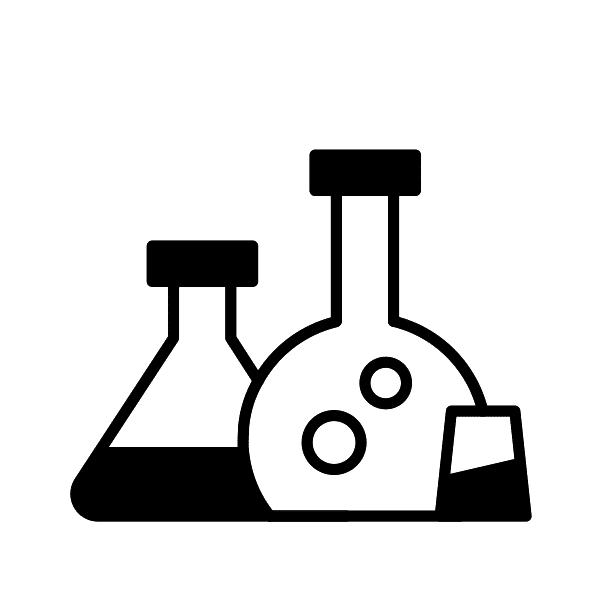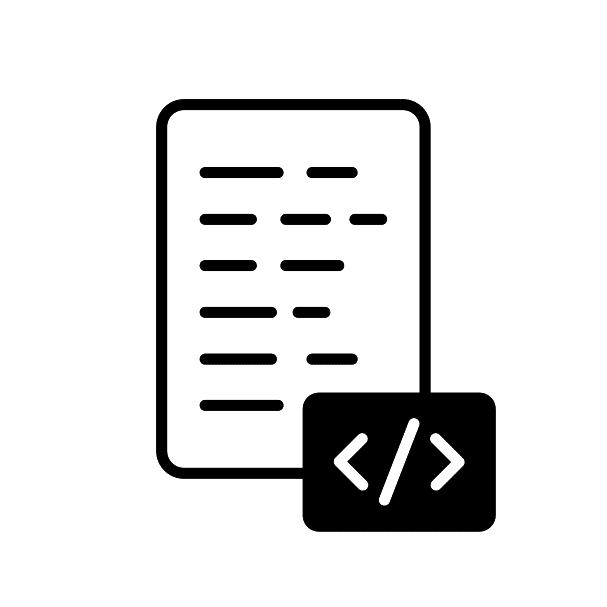Analyze and visualize large data sets; use machine learning to extract valuable insights.

Nuestros profesores y tutores se graduaron de las mejores universidades.








Resumen

Plan de estudios de codificación personalizado
Select the programming languages or subjects that intrigue you, and we'll match you with an expert tutor for customized proficiency.

Lecciones de codificación ajustables
Schedule lessons at your convenience, for a quick introduction or thorough exploration; you guide your learning experience.

Instrucción individualizada uno a uno
Your learning path is shaped to your pace and chosen challenges, guaranteeing steady advancement without interference from distractions or rivals.
About Python & Data Science
Python’s simplicity, readability, and expansive library ecosystem make it an excellent choice for data science applications. Data science is a field that extracts insights from structured and unstructured data. It’s a multidisciplinary approach that uses statistics, machine learning, data mining, and big data technologies to analyze complex problems.
¿Por qué Python para la ciencia de datos?
Rich Library Support: Python boasts a comprehensive set of libraries for data manipulation and analysis. Libraries like Pandas for data manipulation, Matplotlib for data visualization, and Scikit-learn for machine learning make Python a one-stop-shop for data scientists.
Comunidad y colaboración: Python has a strong community of data scientists and engineers who contribute to its ecosystem. This means more libraries, more tutorials, and more collective knowledge to help solve data science problems.
Versatilidad: Python is not just limited to data science. Its versatility allows it to be used for web development, automation, software development, and more. This makes Python a highly desirable skill for modern workplaces.
Facilidad de aprendizaje: Python’s clean and readable syntax makes it easy for newcomers to pick up. This is particularly useful in data science, where professionals might not have a strong programming background.
Capacidades de integración: Python can easily integrate with other languages and technologies. For instance, it can call R scripts for specialized statistical analyses, utilize SQL databases effectively, and even integrate with C/C++ for performance-critical tasks.
Aplicaciones del mundo real: From predictive analytics to natural language processing, Python’s data science capabilities are used in various sectors like healthcare, finance, retail, and even in scientific research.
Aprendizaje automático e inteligencia artificial: Python is the go-to language for machine learning and artificial intelligence (AI), with specialized libraries like TensorFlow and PyTorch offering advanced functionalities for creating complex neural networks and algorithms.
In The Corporate World
Big players like Google, Facebook, and Amazon use Python for everything from data analytics to machine learning models. Its scalability and ease of use make it ideal for startups and small businesses as well.
By mastering Python, you’re not just learning a programming language; you’re also gaining access to a wide range of tools that can help you decipher the complex world of data, making you an invaluable asset in today’s data-driven economy.
Descripción
Delve into the fascinating world of data science through this comprehensive Python course.
Data science involves exploring and interpreting data to gain meaningful insights. This often includes utilizing machine learning or deep learning to build automated models, allowing broader accessibility to the findings.
This course empowers you to craft engaging visualizations to elucidate the data you analyze with your custom code. Expand your expertise by employing machine learning, enhancing your ability to automate data processes, identify patterns, and provide informed recommendations.
Qué aprenderás...
- An understanding of SQL basics
- Familiarity with Python syntax, functions, logic, lists, and loops
- Skills in data visualization and statistics
- Foundations in machine learning
Requisitos
- Edad 13-18
- Principiantes dedicados a la programación
- Interesado en mejorar las habilidades STEM
- Interesado en un futuro en tecnología
Preguntas frecuentes para estudiantes sobre ciencia de datos con Python
Python is easy to learn and has a clean syntax, which is perfect for people coming from non-programming backgrounds. Its rich ecosystem of libraries like Pandas, NumPy, and Matplotlib make data manipulation and visualization extremely convenient.
Absolutely, Python’s versatility allows you to move from data cleaning and analysis to machine learning within the same framework, using libraries like Scikit-learn, TensorFlow, and PyTorch.
Python can handle big data effectively through libraries like Dask and PySpark, which can manage data distributed across multiple clusters.
You should be familiar with descriptive statistics, probability distributions, hypothesis testing, and regression models. Libraries like Statsmodels and SciPy can help you perform these statistical methods.
Typically, you’d start by collecting your data, which you can then clean and manipulate using Pandas. You would then conduct exploratory data analysis (EDA) using Matplotlib or Seaborn, and finally, implement machine learning algorithms using Scikit-learn.
Python can work with a wide variety of data types including numerical data, text data, image data, and even unstructured data like social media.
¿Cómo funciona?
1
Solicitar un tutor
Háganos saber sus objetivos y rango de edad. Desarrollaremos un plan para ayudarle a llegar allí.
2
Emparejar con un tutor
Te recomendaremos un tutor en función de tus necesidades y objetivos, o puedes solicitar un tutor específico.
3
Iniciar una prueba gratuita
Experimente una lección de prueba gratuita con su nuevo tutor y vea si su estilo de aprendizaje coincide.
4
¡Seguid así!
Si todo ha ido bien, ¡regístrate para seguir adelante! Puedes elegir el ritmo de las lecciones.
¿Necesita más información?
Hablemos.
Deje su número de teléfono y le devolveremos la llamada para analizar cómo podemos ayudarle.


